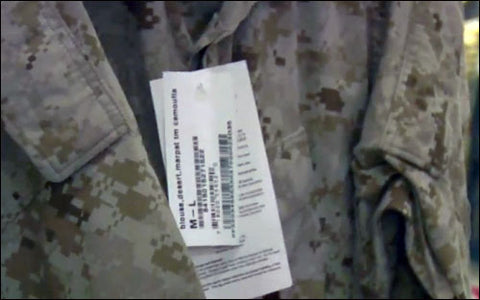RFID Surveillance

Years ago, big-box retailers followed the US Department of Defense’s initiatives in radio frequency (RF) tagging.
At the same time, Video Surveillance technology improved rapidly with IP-based systems reaching around the globe.
The asset is Tagged With a RFID Sticker RF Antennae and Cameras installed on entries or checkpoints whenever an asset goes through a checkpoint, video is captured and stored. Simply click on the video link in your inventory control system, and its last known position will be played back.
RADIO-FREQUENCY IDENTIFICATION (RFID)
RFID is the wireless non-contact use of radiofrequency electromagnetic fields to transfer data, for the purposes of automatically identifying and tracking tags attached to objects. The tags contain electronically stored information. Some tags are powered by and read at short ranges (a few meters) via magnetic fields (electromagnetic induction). Others use a local power source such as a battery, or else have no battery but collect energy from the interrogating EM field, and then act as a passive transponder to emit microwaves or UHF radio waves (i.e., electromagnetic radiation at high frequencies). Battery powered tags may operate at hundreds of meters. Unlike a bar code, the tag does not necessarily need to be within line of sight of the reader, and may be embedded in the tracked object.
RFID tags are used in many industries. An RFID tag attached to an automobile during production can be used to track its progress through the assembly line. Pharmaceuticals can be tracked through warehouses. Livestock and pets may have tags injected, allowing positive identification of the animal. On off-shore oil and gas platforms, RFID tags are worn by personnel as a safety measure, allowing them to be located 24 hours a day and to be quickly found in emergencies.
